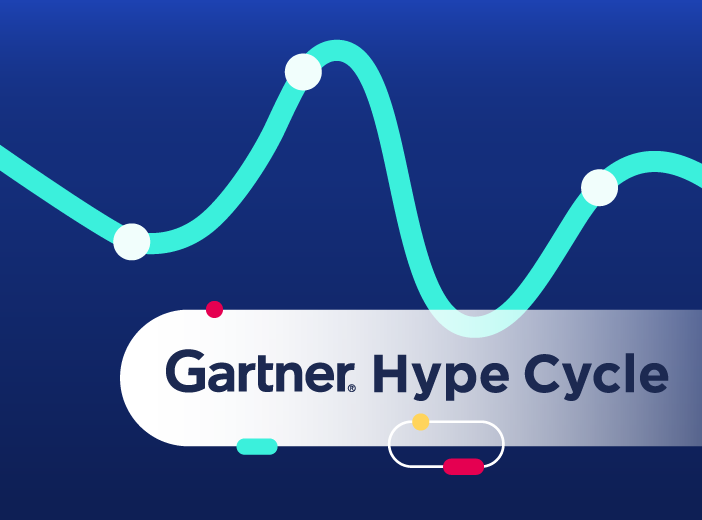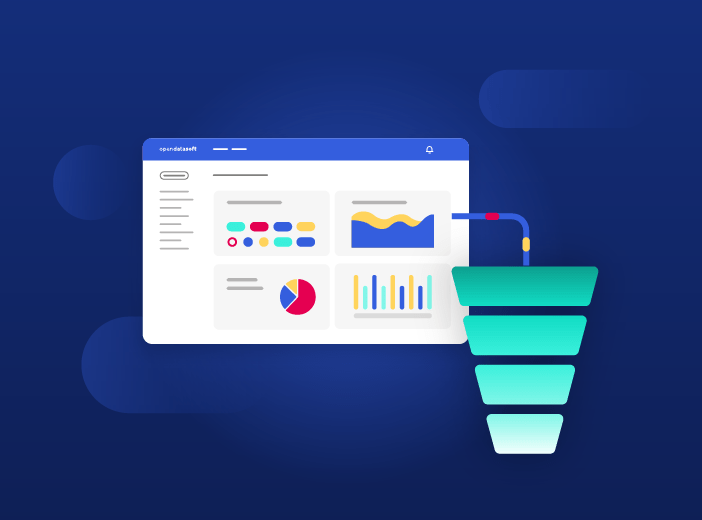Glossary
NoSQL Databases
NoSQL databases are a type of database management system that is designed to be capable of processing large volumes of changing unstructured data.
Relational databases are designed to store structured data, such as customer records or financial information. However, organizations today collect and need to use increasing quantities of unstructured data, such as images, videos, PDFs and emails. These are difficult to store in relational databases, leading to the increasing use of NoSQL (Not only SQL) databases. So what are they? What are their advantages ? What are they used for?
What is a NoSQL database?
NoSQL databases are a type of database management system (DBMS). They are capable of processing large volumes of changing unstructured data. They are often compared to relational (SQL) databases, which are limited to structured data.
The technology first appeared in the 1970s. But it wasn’t until 1998 that Carl Strozzi introduced the concept of the NoSQL database. The increasing accessibility of cloud computing and big data (particularly unstructured information) has accelerated the importance of NoSQL databases. They are widely used by digital companies such as Google and Facebook, due to their ability to manage exponentially growing volumes of unstructured data. Relational models were only used to ensure that the stored information was consistent.
Today, NoSQL databases are still widely used by developers when it comes to creating complex systems (especially when working with open data).
What are the advantages of non-relational (NoSQL) databases?
Information is growing, and IT developers are facing bigger and bigger challenges: huge volumes of data, unpredictability, rapid evolution, and a wider range of unstructured data sources. NoSQL databases offer several advantages that make their work easier.
- Agility: NoSQL databases are designed to react quickly to unexpected situations. With no fixed schema as a starting point, developers can make whatever improvements and modifications the database system requires.
- Availability: The consistency model behind NoSQL databases focuses on eventual consistency over immediate consistency for scalability, availability, and resiliency.
- Sharing: Horizontal scaling allows data to be shared between several database servers. This allows the cluster of servers to manage more information.
- Compatibility: Non-relational databases can be mapped with all major programming languages.
What are the different NoSQL database models?
Information is stored differently depending on the type of NoSQL database:
- Key-value stores: Databases that pair unique keys and their associated values using a hash table. This is the simplest model, and it allows searches to be performed very quickly. Redis and Memcached are two examples of his approach.
- Document databases: Semi-structured storage of data in the form of documents. The information can then be sorted hierarchically. This model has grown with the use of JavaScript.
- Wide-column databases: Databases that can process large volumes of scattered data and sort it into columns. Examples include the Cassandra, AWS DynamoDB and HBase databases.
- Graph databases: Interconnected data and relationships are represented as nodes and edges. Graph databases are particularly useful when complex relationships come into play. Social media followers are one example. The idea is to simplify the representation of the real world.
Each of these database models has unique attributes and specific limitations. But none of them can solve every problem. That’s why it’s important to choose the right database for your use case.
When should you choose a NoSQL database?
Today, NoSQL databases can be found in a variety of domains and applications. Examples include:
- IoT apps: The Internet of Things is particularly well-suited to analytical data processing. NoSQL databases can improve IoT applications through instant scaling.
- Mobile apps: NoSQL databases can enhance app performance with improved availability and faster information retrieval.
- Database migration: Migrating to the cloud is simplified.
- E-commerce: Their flexible schemas and hierarchical data architecture make NoSQL databases an ideal solution for online stores. In particular, NoSQL facilitates data storage for product catalogs.
- Personalization: Access to real-time data makes it possible to offer customized features that optimize the customer experience.
Across a range of use cases, NoSQL databases are therefore an integral part of the modernization of data management models.
Learn more

Blog
Gartner Hype Cycle: How data marketplace technologies are transforming data management
Where should CDOs and data leaders focus their strategies and investments when it comes to technology? To help, we highlight key trends from the new Gartner Hype Cycle for Data Management, focusing on the benefits of data marketplaces and data products.

Blog
Measure and accelerate data consumption through an e-commerce-style conversion funnel
Your data is there. Stored, catalogued, governed... But is it really being consumed and used? That’s today’s main challenge for data leaders - transforming their data assets so that they deliver tangible value. One approach to understanding and achieving usage is to integrate a measurable conversion funnel into your data marketplace. Inspired by e-commerce best practices, this makes it possible to monitor and optimize every step of the user journey. Applying this proven concept in an innovative way therefore helps measure and drive data consumption.

